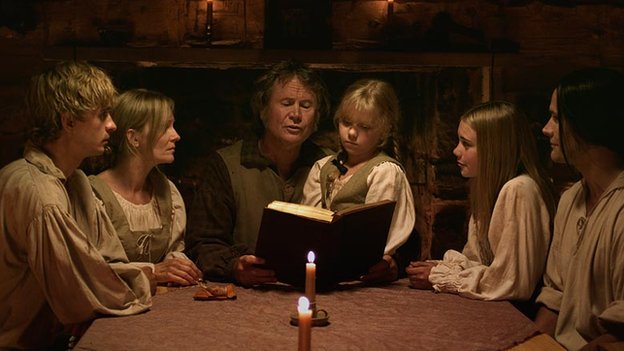Deciphering Handwriting of the 19th Century
I had some interest in this article today in the Deseret News about the handwriting of early Church scribes. It speaks exactly of a struggle we are having right now.
In preparing each video we’re producing we are looking for any and all specific information about each of our subjects. The Church has available — free for the asking — the patriarchal blessings of our deceased ancestors. I have been able to secure several and will share them over time.
Our next two videos will profile Edwin Ruthven Westover and his 2nd wife, Ann Findley Westover, the parents of our William. Several months ago I had requested copies of blessings for William and Ruth and was saddened to learn the Church had no copies of blessings for them. Perhaps they never got a patriarchal blessing. After that experience, it seemed doubtful to me that we could find blessings for Edwin and Ann.
I was wrong. They arrived in the mail this week.
But here’s the problem. The Church had these blessings on microfilm and what they sent me was a photo copy of that film. Anyone who has retrieved documents of that kind know how problematic they can be, just by their nature.
These copies I received though were good. My problem is getting past the handwriting.
I’m using reading glasses, magnifying glasses and I’m looking for a used Urim and Thummim to help me out if necessary.
I plan on sharing these AFTER I transcribe them, and likely after we release the videos (which ARE coming soon).
Edwin and Ann have big stories to tell — both as a couple and as individuals. Their’s was the epitome of the pioneer experience and they lived it fully. But these blessings are personal and intimate — sacred — and I think they are best reviewed after having what background we can provide first. They open up new questions in my mind and I cannot help but think there has to be some more surviving documentation of their times and travels somewhere.
Here’s a couple of tantalizing tidbits for you to consider in advance of seeing the videos and the blessings:
1. Ann’s blessing is dated 1861 in Mendon, Utah. William was born there in April of that year. From what we have learned from Edwin’s history the family was living at that time in Grantsville with Electa’s sister, Hannah. Being about 100 miles away from Mendon it is not inconceivable that Ann would visit her parents and her brother’s family with some semi-regularity.
2. Ann’s blessing is given to her by Patriarch Issac Morley — we think. (Trying to confirm that). Interestingly, it appears that she was given a father’s blessing by her father, William Findley, and then her father joined the Patriarch in giving her a patriarchal blessing.
3. The Church provided us with three blessings for Edwin. The first, dated 1850, was given by Patriarch John Smith. The second, dated 1875 while living in Hamblin, was also given by John Smith. The third, dated in January of 1877, was given by Patriarch Pulsipher (Zera?) in St. George, Utah and it is the most difficult to read. We think it speaks of temple work as this was the time Edwin and Electa and families did a large amount of family work in the St. George Temple.

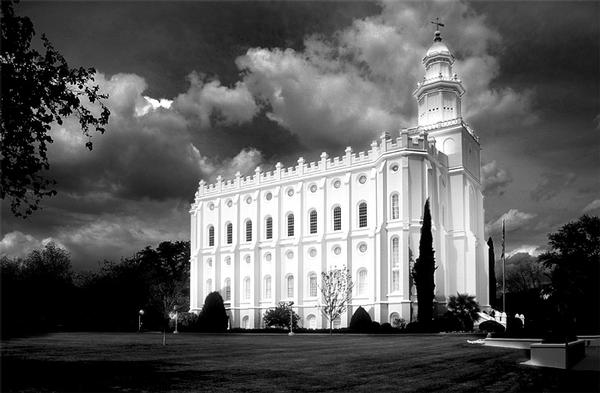

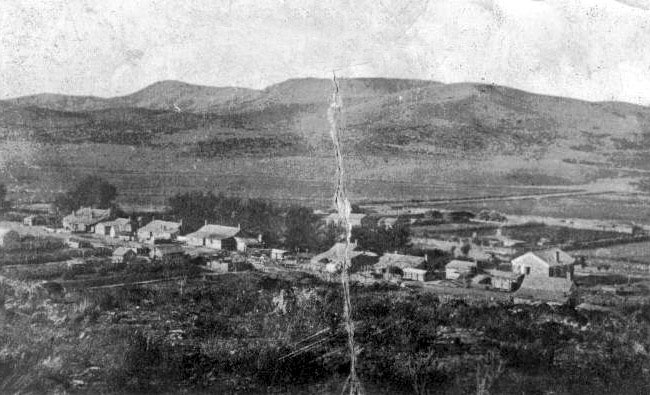
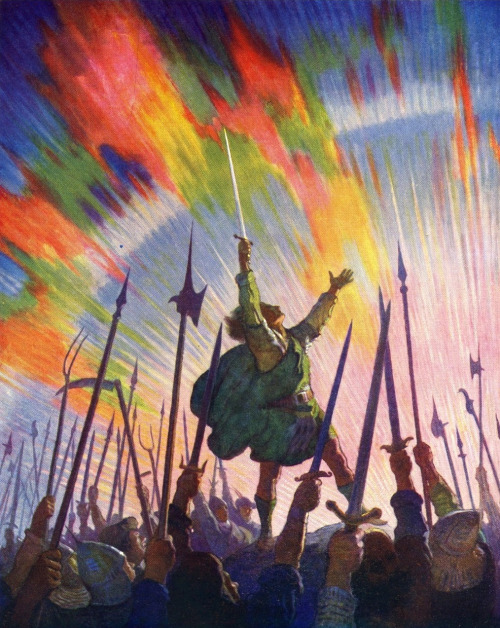
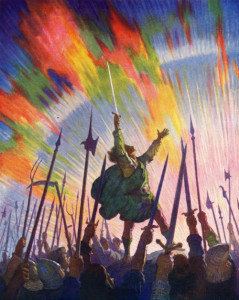 Tradition within the Westover family for centuries has been the re-use of common first names. Perhaps the most common is “John”. There is also plenty use of the names Jonas or Jonah, William, and, of course, Gabriel. In researching an upcoming video on the life of Edwin Ruthven Westover we have been a bit hung up on his name. Where did it come from and why did Alexander and Electa choose that name for their first born son?
Tradition within the Westover family for centuries has been the re-use of common first names. Perhaps the most common is “John”. There is also plenty use of the names Jonas or Jonah, William, and, of course, Gabriel. In researching an upcoming video on the life of Edwin Ruthven Westover we have been a bit hung up on his name. Where did it come from and why did Alexander and Electa choose that name for their first born son?